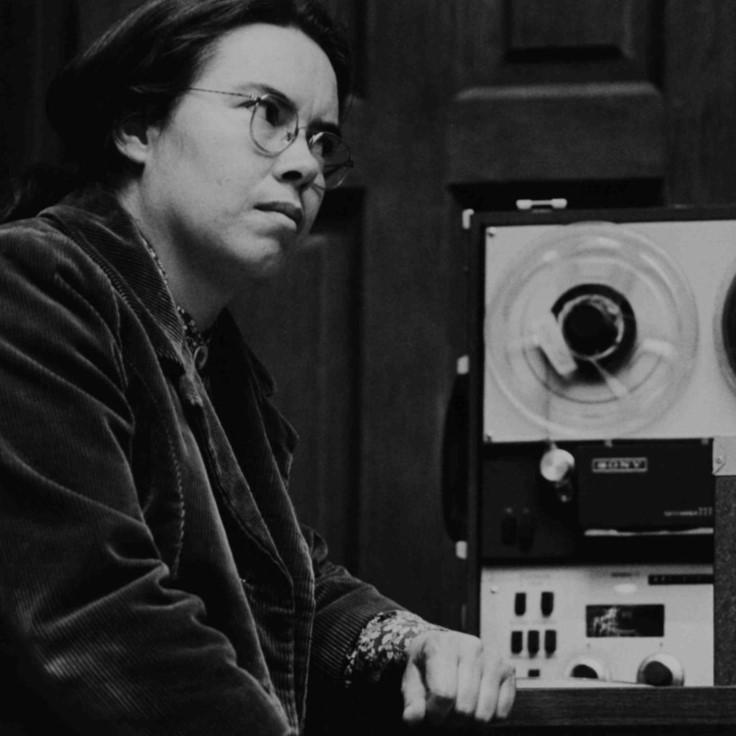SUZANNE CIANI / PAULINE OLIVEROS
INNER_SPACES SPRING 2024 - IMMERSIVE TRESHOLDS


Monday, 8 April
h.20.30 Auditorium San Fedele
CONCERT
PAULINE OLIVEROS (1932-2016)
Bye Bye Butterfly (1965) 8’
I of IV (1966) 20’
SUZANNE CIANI (1946)
Quadriphonic ellipses
The sixth installment of Inner_Spaces involves a program with two leaders of the American school, Pauline Oliveros and Suzanne Ciani. Two generations compared with two distinct musical perspectives. Pauline Oliveros has been active primarily in California. She studied with Robert Erickson. In 1960, with Ramon Sender and Morton Subotnick, she organized pioneering electronic music concerts in San Francisco entitled Sonics. She is among the musicians who participate in the creation of Terry Riley’s In C. During those years, the same group founded the San Francisco Tape Music Center, which would move to the Mills Center for Contemporary Music in 1967. To those years date the two works by Oliveros programmed in the concert, the most original and significant productive moment of his career. From 1988 the American artist will take another direction more oriented to the performance side, a new productive phase for which she will coin the concept of Deep listening: “a deep listening based on principles of improvisation, electronic music, rituals, teaching and meditation, a designed to inspire one to practice the art of listening and perception in various environmental conditions.”
Bye Bye Butterfly, from 1965, is a stereophonic work made with two Hewlett-Packard oscillators, two amplifiers, a turntable and two phase-shifted tape recorders. Pauline Oliveros performed and recorded the composition in real time after adjusting the entire device. The music writing incorporates a piece from Pucini’s “Madame Butterfly” that is sampled. I of IV is from 1966, an extended twenty-minute work recorded in the Electronic Music Studio at the University of Toronto. The composition was performed live without editing or collage, like a performance. It is constructed from combined and amplified sounds and closed-circuit tapes. A system designed at the San Francisco Tape Music Center (1965) and consisting of twelve sine wave generators (eleven generators above 20 KHz and one below 1 Hz) connected to an organ keyboard, two line amplifiers, a mixer, an echo generator (Hammond Spring Reverb) and two stereo recorders. This is austere, abstract music made without overdubbing, the only layering being that created by delay and reverb.
In the second part, Suzanne Ciani performs with the Buchla synthesizer in a special live set entitled Quadriphonic Ellipses. “One of my unfinished visions was spatial sound,” Ciani says, “so from the beginning I worked in quadraphony. Spatial movement was one of the musical parameters that I could control like pitch or amplitude. It is an integrated movement with the music, and only electronic music has it naturally.” A five-time Grammy Award-nominated composer, Suzanne Ciani is a pioneer of electronic music and an artist who has released more than twenty solo albums. Her music is featured in films, games and commercials, such as the commercial with the famous “pop-and-pour” sound she created for Coca-Cola. Her life and work were chronicled in the 2017 documentary A Life in Waves.
